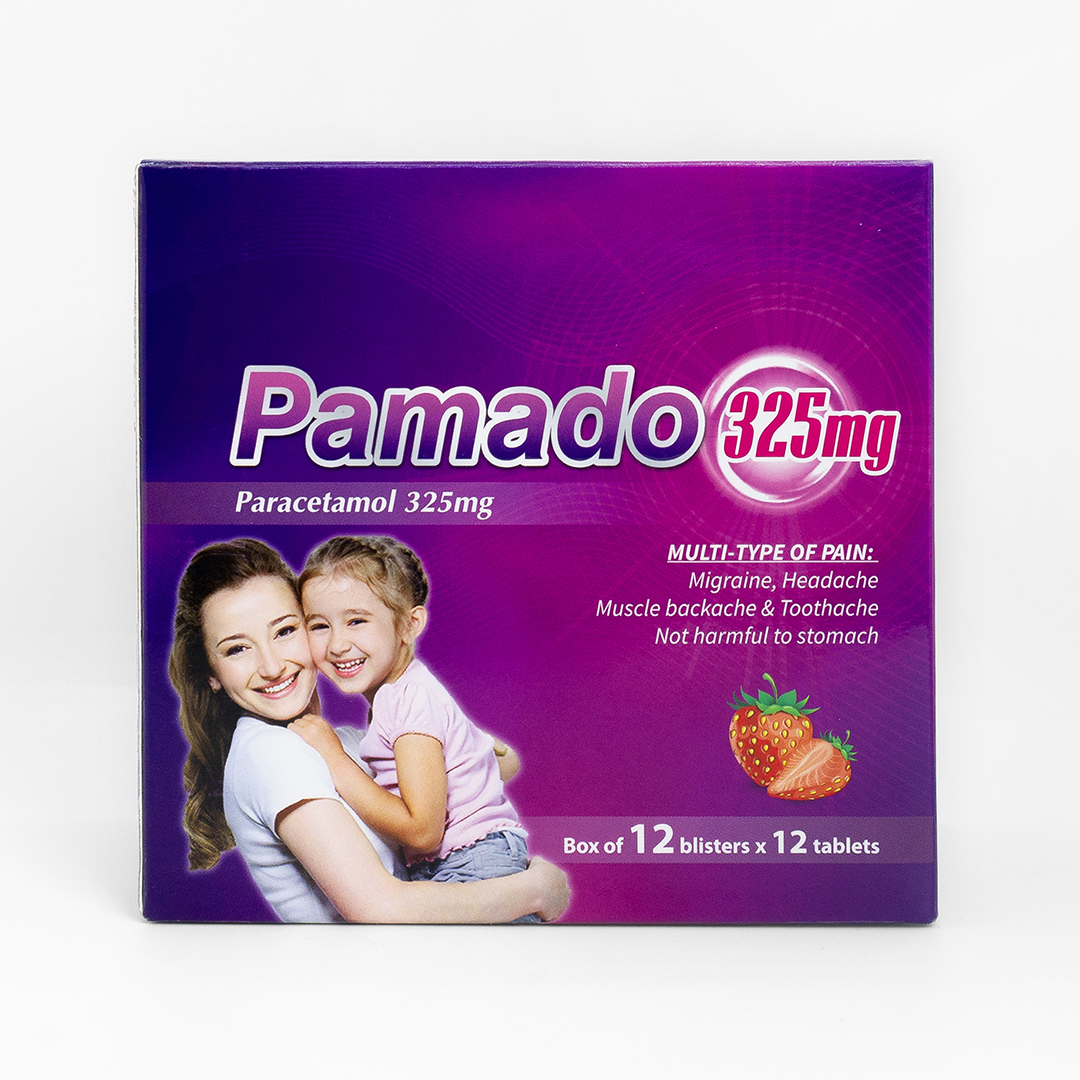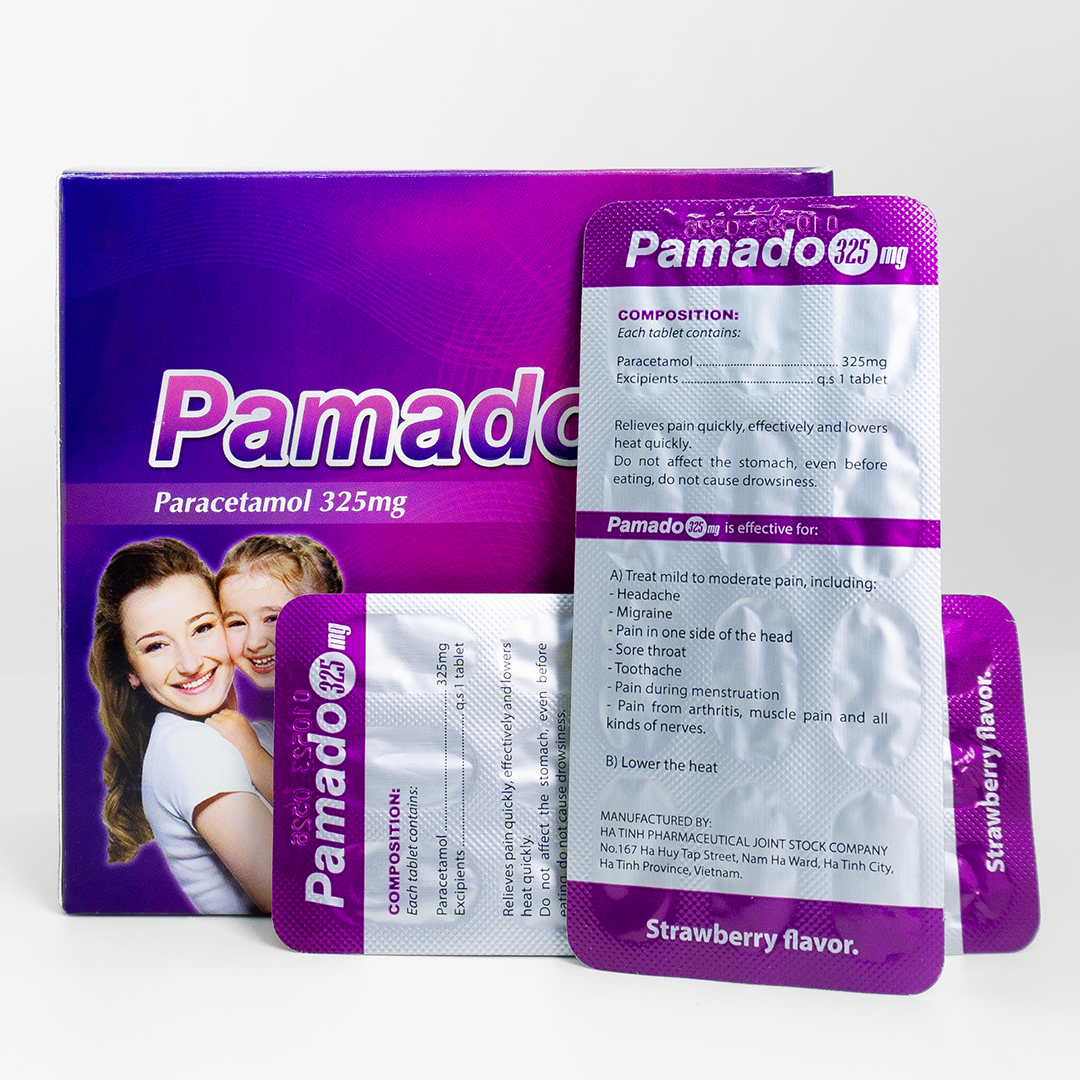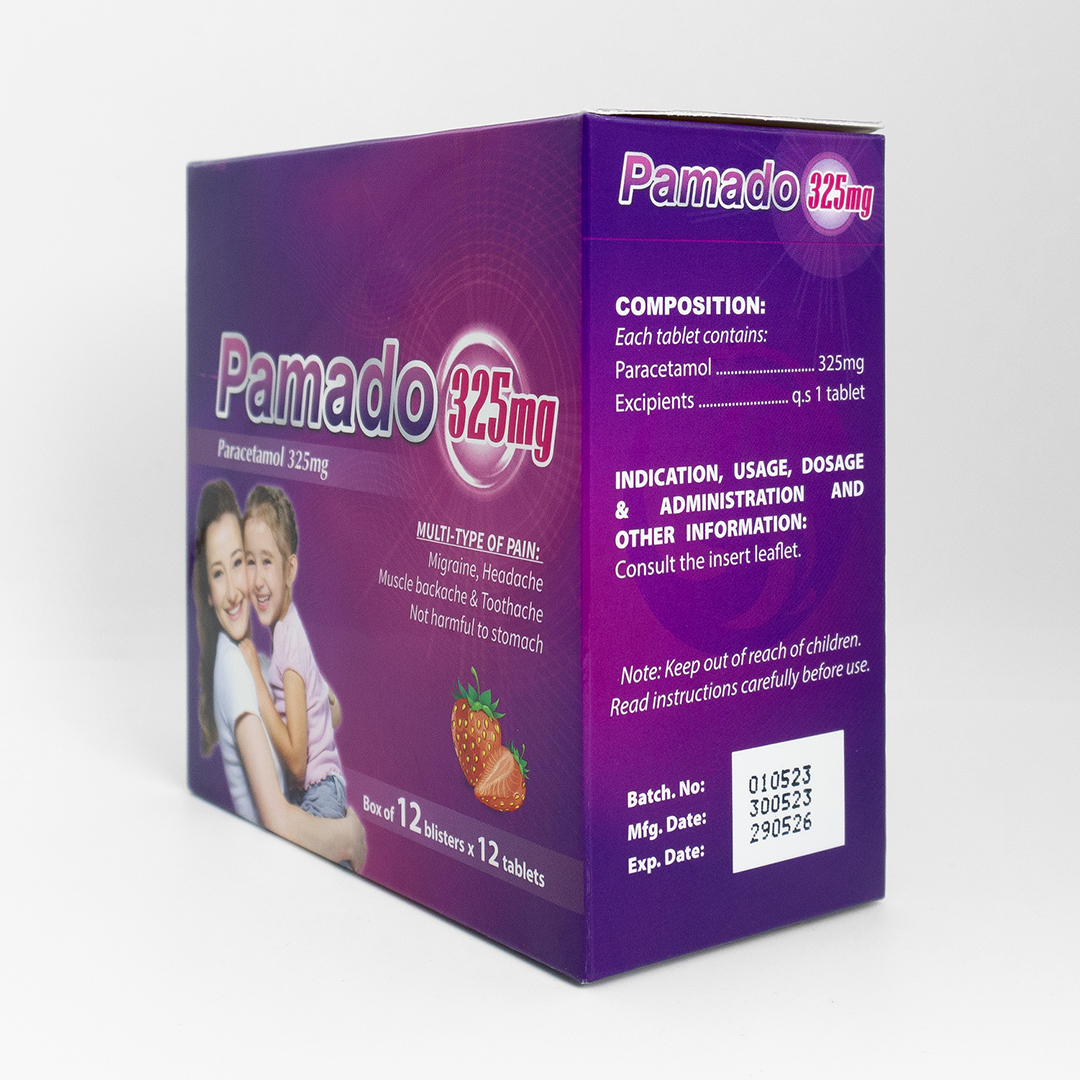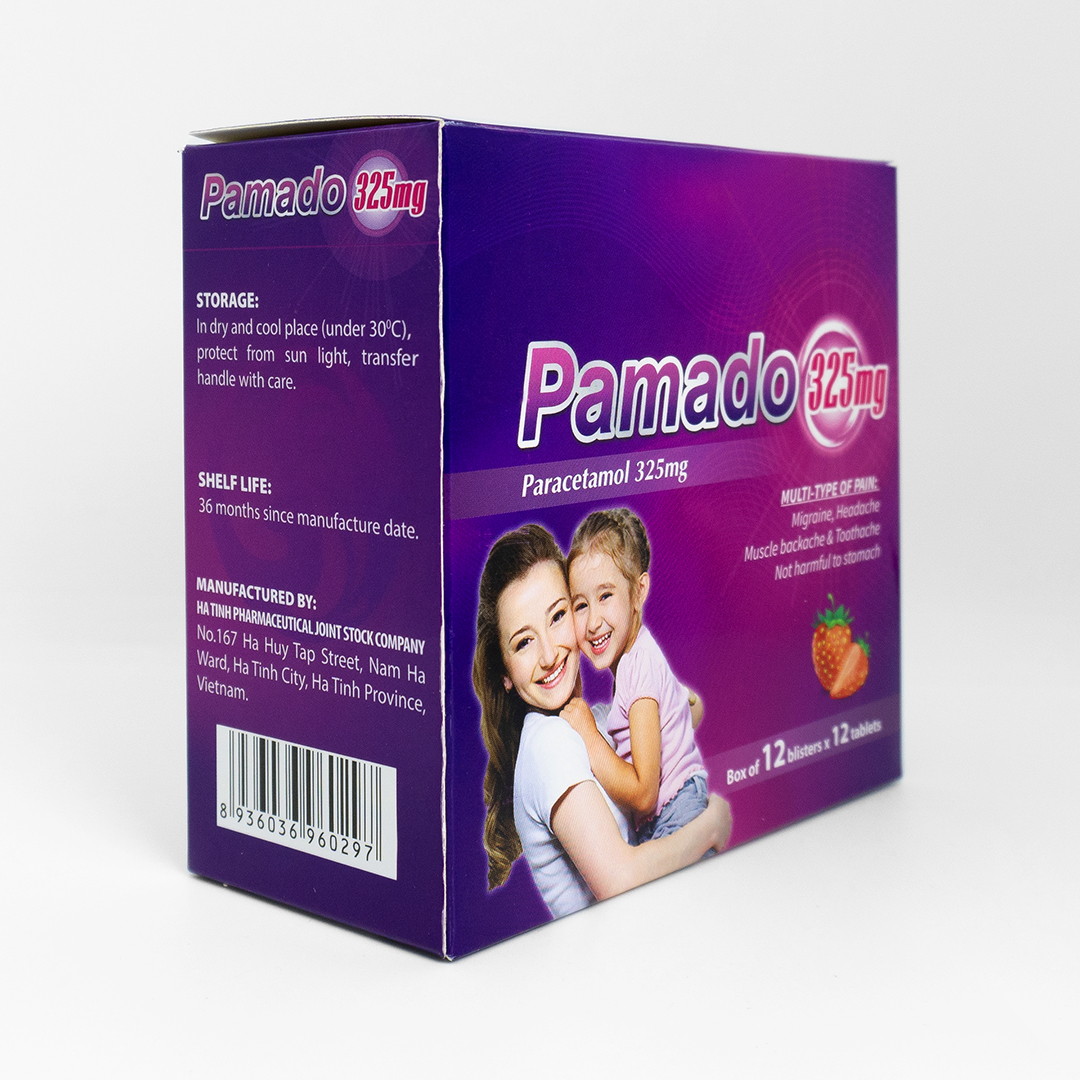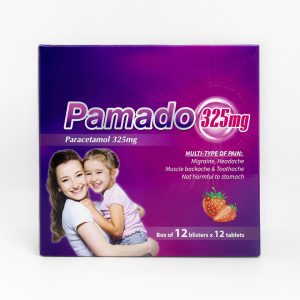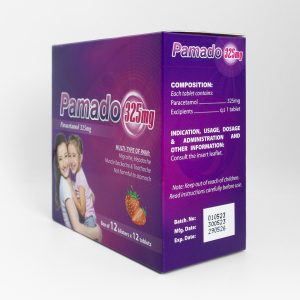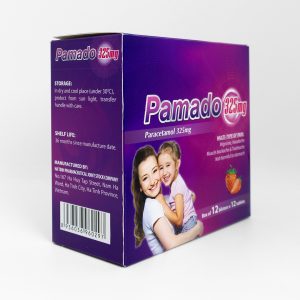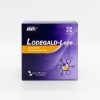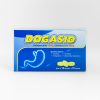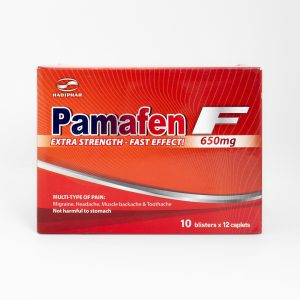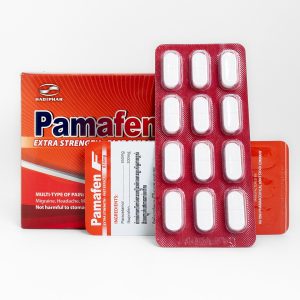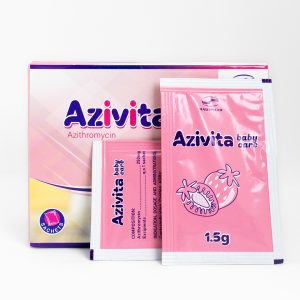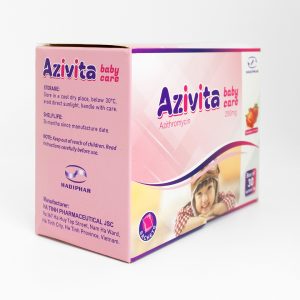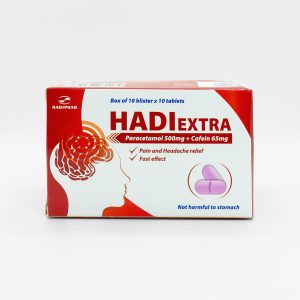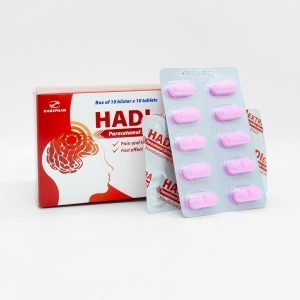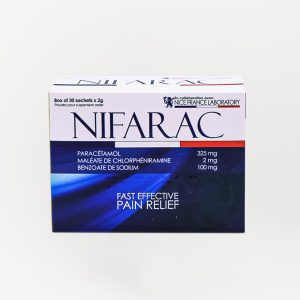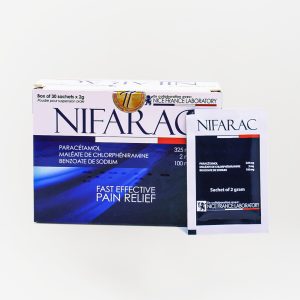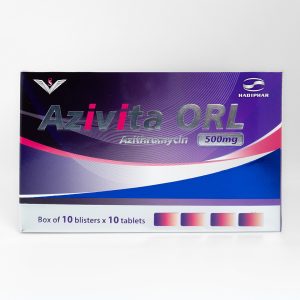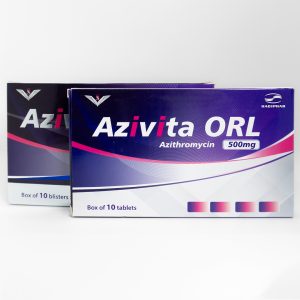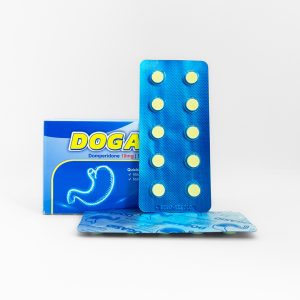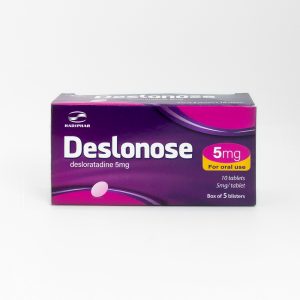FOR MULTI-TYPE OF PAIN:
- Migraine, Headache
- Muscle backache & Toothache
- Not harmful to stomach
INDICATION:
– Used to relieve mild to moderate pain and reduce fever
– Used for the relief of headache, toothache, period pains, muscle pain, pain after injury and flu.
DOSAGE AND ADMINISTRATION:
Adults, the elderly and children aged 12 years and over: Take 2 tablets every 4-6 hours as needed. Do not take more than 12 tablets in 24 hours.
CONTRAINDICATIONS:
Patients who are hypersensitive to paracetamol and any ingredient of the drug. Patients who have severe liver failure.
PRECAUTIONS AND CONSIDERATIONS WHEN TAKING THE DRUG:
Paracetamol is described as relatively nontoxic when administered in therapeutic doses. Paracetamol sometimes causes skin hypersensitivity reactions as rash, pruritus, urticaria; other hypersensitivity reactions including laryngeal edema, angioedema and anaphylactoid reactions may occur rarely. Thrombocytopenia, leukopenia and pancytopenia have occurred with the use of p-aminophenol derivatives, especially with prolonged use of large doses. Neutropenia and thrombocytopenic purpura have occurred with paracetamol. Hypogranulocytosis is rare in patients taking paracetamol.
Paracetamol should be used with caution in people with pre-existing anemia as it may obscure cyanosis due to high levels of methemoglobin in the blood. Heavy use of alcohol can increase the risk of liver toxicity of Paracetamol, so it is necessary to limit or avoid drinking alcohol. Use with caution in people with liver disease or severe kidney failure.
Do not take with any medicine containing paracetamol.
Do not take paracetamol to self-medicate for pain relief for more than 10 days in adults, more than 5 days in children, and more than 3 days for persistent high fever unless directed by your doctor.
Physicians should warn patients about signs of serious skin reactions such as Stevens-Johnson syndrome (SJS), toxic epidermal necrolysis (TEN) or Lyell’s syndrome, exanthematous acne syndrome, acute generalized exanthematous pustulosis (AGEP).
The drug contains FD&C yellow No.6 color excipients, so patients with allergies need to be careful when using this drug.
PREGNANT AND LACTATING WOMEN:
For pregnant women:
The safety of Paracetamol for use during pregnancy has not been established in relation to possible adverse effects on fetal development. Therefore, paracetamol should be used in pregnant women only when clearly needed.
For lactating women:
Paracetamol is excreted in breast milk but the amount of drug is not sufficient to have clinical effect, the published literature does not contraindicated the use of the drug in lactating women.
ABILITY TO DRIVE AND OPERATE MACHINERY:
Paracetamol is not expected to impair your ability to drive or to operate machinery
UNEXPECTED DRUG REACTIONS:
Skin rashes and other allergic reactions occur occasionally, usually erythema or urticaria, but are sometimes more severe and may be accompanied by drug fever and mucosal lesions. Patients with hypersensitivity to salicylates are rarely sensitive to paracetamol and related drugs. In rare cases, paracetamol has caused neutropenia, thrombocytopenia and pancytopenia.
Uncommon: skin rash, nausea, vomiting, hematopoietic disorders (neutropenia, pancytopenia, leukopenia), anemia, kidney disease, nephrotoxicity with long-term paracetamol use
Rare: hypersensitivity reactions.
Immediately notify your doctor or pharmacist of any adverse reactions encountered while using the drug.
INTERACTIONS WITH OTHER DRUGS:
Drug interactions:
Long-term intake of high doses of paracetamol slightly increases the anticoagulant effect of coumarin and indandion derivatives. This effect appears to be of little or no clinical importance.
Attention should be paid to the potential for severe hypothermia in patients receiving concomitant phenothiazines and antipyretic therapy.
Alcohol, anticonvulsants (phenytoin, barbiturates, carbamazepine), isoniazid will increase the risk of paracetamol causing liver toxicity.
Drug incompatibilities:
Due to the lack of incompatibility studies, this drug should not be mixed with other drugs.
OVERDOSE AND TREATMENT:
Overdose:
Paracetamol poisoning can be caused by a single toxic dose, by repeated large doses, or by long-term use of the drug. Dose-dependent hepatic necrosis is the most serious acute toxic effect of overdose and can be fatal.
Nausea, vomiting, and abdominal pain usually occur within 2 – 3 hours after taking a toxic dose of the drug. Methemoglobinemia, leading to cyanosis of the skin, mucous membranes and nails is a characteristic sign of acute poisoning with p-aminophenol derivatives. Children tend to make methemoglobin more easily than adults after taking paracetamol. Clinical signs of liver damage become obvious within 2 to 4 days after ingestion of a toxic dose.
Plasma aminotransferases are raised up (sometimes elevated) and plasma bilirubin levels may also be lifted up; when liver damage is extensive, prothrombin time is prolonged. It is possible that 10% of patients with poisoning without specific treatment have severe liver damage, of which 10% – 20% die from liver failure.
Acute renal failure also occurs in some patients. Liver biopsy revealed central lobular necrosis with the exception of the periportal vein. In non-fatal cases, liver damage is reversible after weeks or months.
Treatment:
Early diagnosis is important in the treatment of paracetamol overdose. Gastric lavage in all cases, preferably within 4 hours after ingestion. The main antidote is the use of sulfhydryl compounds, which must be taken immediately if less than 36 hours after taking paracetamol. Treatment with N-acetylcys- teine is more effective when given less than 10 hours after paracetamol ingestion. In addition, you can use activated charcoal or salt bleach because they have the ability to reduce the absorption of paracetamol
Note: Keep out of reach of children.
Read instructions carefully before use.
